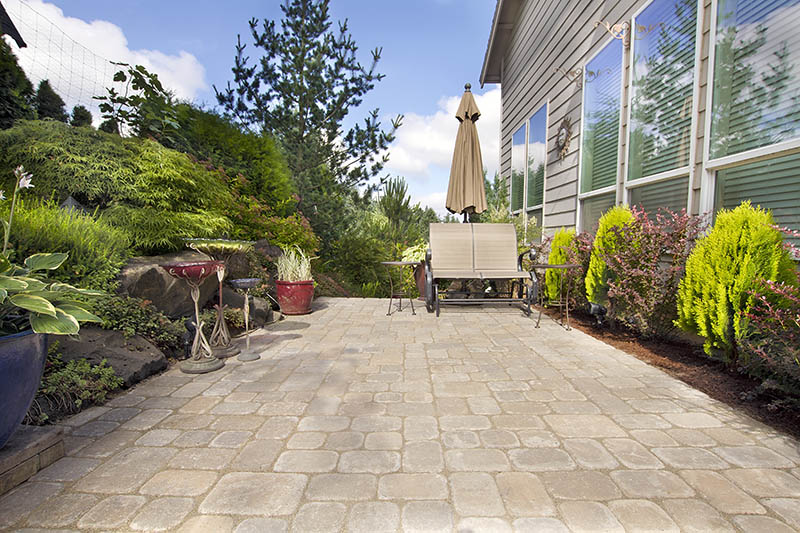Everything you should know about patio materials
In total, patios involve the use of one of the six primary materials. However, the design that you choose along with the material ultimately determines what your patio will look like. The patio material will simply depend on your patio’s location, the size of your outdoor area, personal preferences, and your budget. Before reaching out to backyard patio builders, these are just some of the things that you should know (or have a general idea of).
Before you start your patio building project, make sure that everything is in line with the local codes. Furthermore, make sure that all requirements have been fulfilled (your local patio contractor will be able to guide you with this).
The best patio materials out there
In this article, we put together a comprehensive list of the best patio materials with their usage.
Concrete
Concrete is perhaps the most adaptable and versatile material for patio floors. It is a time tested material that combined cement, gravel, sand, and water. Furthermore, it comes to a range of different designs and finishes.
In case your contractor makes use of well-constructed material forms, concrete may fit all types of surface shapes. The prime benefit of concrete is that it can be stamped, scored, brushed, tinted/colored, and decorated with great ease.
Bricks
Bricks are made with a mixture of various materials and clay, by firing them inside brick kilns. This has been the standard procedure of making bricks from thousands of years. Hence, it is also time-tested just like concrete and lasts quite long. Furthermore, it offers a very classic and neat look that goes with almost all styles of architecture.
In that sense, it is far more versatile as compared to concrete. Popular brick patterns used in an outdoor patio include jack-on-jack, running bond, and herringbone.
Flagstone
Flagstone is yet another popular patio material that can easily be recognized from its irregular pattern. Usually, this material comes in the form of stone slabs that are 1.3 inches in thickness. Since it has a rough surface, it has nice traction when the floor is wet. There are several different types of flagstone that include sandstone, bluestone, quartzite, and limestone.
In the case of patios, flagstone should be at least one and a half inches thick. Furthermore, the slabs should be placed directly on the sand, bed, or soil. Some contractors also make use of thin layers of flagstone. However, thinner layers must be laid on top of wet mortar and concrete to mitigate the risk of cracking.
Tiles
Tiles are a modern choice that is used on houses that make use of modern architecture. In the case of patios, we recommend you to use unglazed ceramic tiles. The glazed ones can be reserved for accents and edges. This is because glazed tiles can be a hazard when they are wet, as they create a very slippery surface in such conditions. Hence, in the case of rain, glazed tiles can become a nuisance.
Most common types of unglazed patio tiles include Porcelain, Terracotta, and Quarry. However, with tiles, stains are a big problem. These stains can be prevented by coatings and sealers. They may also protect the tiles from moisture as a result of which they retain their colour for longer.
Ending note
While the above-mentioned materials are commonly used in outdoor patios, there are countless choices out there. So do not forget to ask your local patio contractors about all the options. Expert advice based on your particular conditions could go a long way, and can help you in building the patio of your dreams! Lagrass


Post your comment